Putting a penny in your birdbath is vital during summer – this hack is sure to keep wildlife healthy and happy
Cleaning your bird bath will be easier than ever if you implement this simple hack
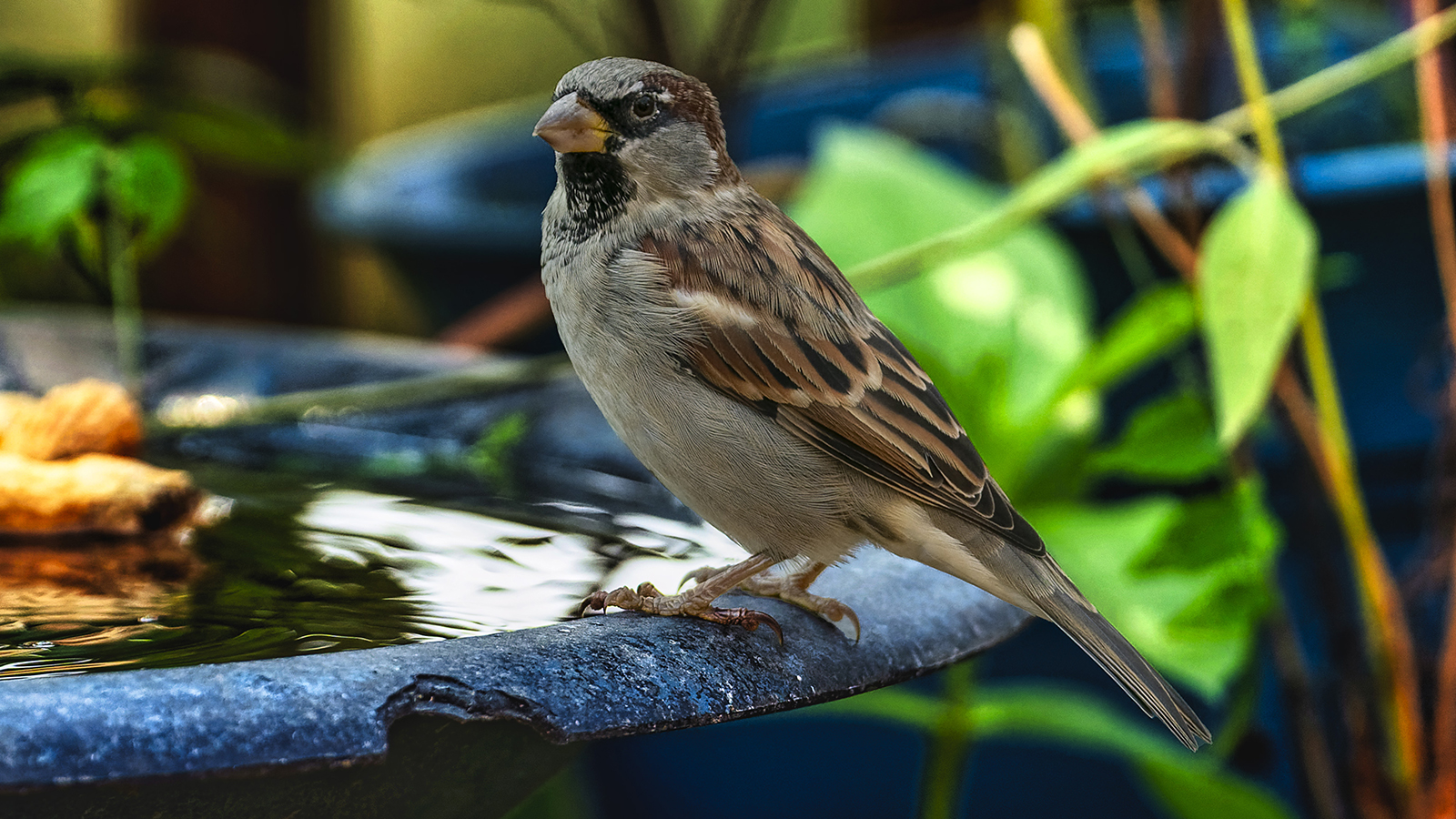

A dirty bird bath can look (and smell) incredibly unappealing to gardeners and wildlife alike, so what if I told you that placing a penny or three inside your bird bath will help to keep grime at bay without causing harm?
This hands-off hack isn't a complete alternative to needing to clean a bird bath, but it will make the job easier for your future self and create a cleaner environment for any visiting feathered friends.
Here, avian experts break down how the copper coin hack will help to keep your bird bath cleaner, as well as what kinds of gunk it will work to banish. It's a perfect addition to your yard in time for warmer weather, when wildlife will be seeking hydration more than ever.
What is the penny bird bath hack?
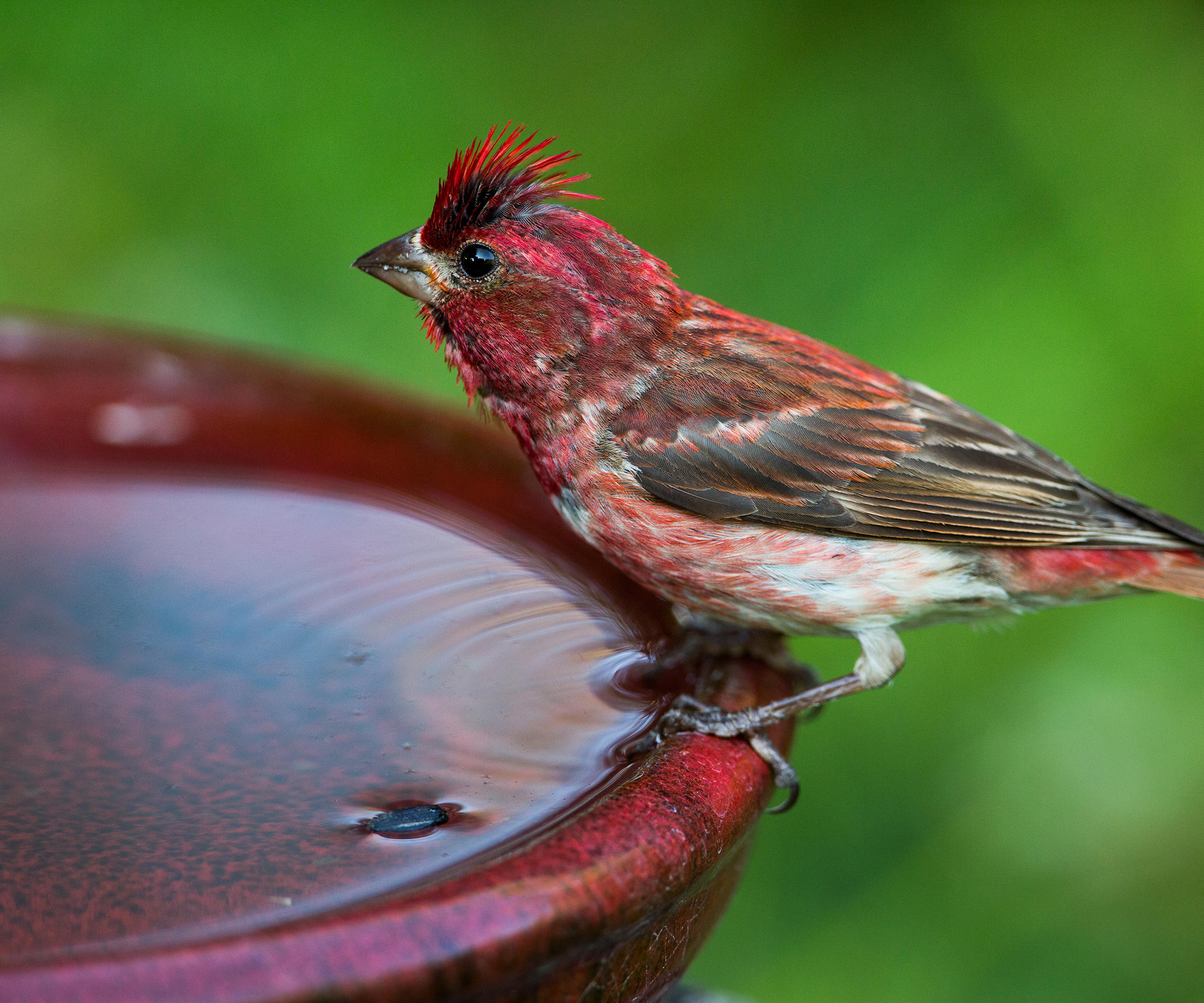
The "penny bird bath hack" is a super-easy trick to implement in your garden that involves placing a small number of pennies around the deep base of your bird bath ideas.
It's far cheaper than adding a purification disk into the bottom of your bath, like the erva copper bird bath purification disk available on Amazon (though it's a great alternative!), and you may already have the coins to hand needed for the job.
The copper present in pre-1982 one or two-penny coins triggers a chemical reaction in your bird bath's water that acts to naturally fend off the development of algae: a common slimy substance that leaves sticky, unsightly residue on bird baths over time.
Rocky Trifari, bird enthusiast and owner of The Rocky Safari, shares a bit more about how and why this hack works. 'Copper is a natural biocide with properties that interfere with the biological processes algae and other microorganisms rely on.
Design expertise in your inbox – from inspiring decorating ideas and beautiful celebrity homes to practical gardening advice and shopping round-ups.
'When copper ions leach into the water, they promote an environment that discourages the growth of green algae, one of the main causes of that slimy, dirty water found in birdbaths.'
Although placing copper coins in your bird bath won't prevent algae from ever being able to create an eyesore in your wildlife garden, it will be largely limited if the coins you're using are effectively placed and prepped.

Rocky Trifari, is the bird enthusiast behind The Rocky Safari, where he has been documenting his wildlife encounters and birding adventures for over a decade.
Prepping your pennies

Before placing any pennies in your bird bath, it's recommended to give them a thorough cleaning with natural cleaning agents and to check for signs of rust and corrosion.
Using chemicals and leaving visible corrosive wear on your coins are dangerous to birds, and are definite bird baths mistakes that will result in your bath's water becoming polluted by bleaches and zinc.
Monika Sangar, an avian nutrition specialist, says, 'Birds drink and bathe in bird bath water, so prolonged or excessive exposure to dissolved copper could pose a health risk, especially to small species.
'For this reason, it's best to only use a few coins at maximum in a larger bath, and to always clean the bath in addition to using this hack. Adding fresh water daily for your birds is a must, too.'
If your bird bath is large, putting in small garden fountain ideas, such as a solar bird bath fountain pump from Amazon, to bring movement to the water will be incredibly helpful for keeping the water fresh. Stagnant water, especially on a sunny day, isn't the most appealing to wild birds.
To clean your pennies, Monika suggests following one of the below step-by-steps, using ingredients likely already in your pantry:
- Vinegar and salt: 'Soak your pennies in a mixture of white vinegar and salt for a few minutes. Then, gently scrub each coin with a soft toothbrush or cloth. Finally, rinse the coins thoroughly with clean water and dry completely.' This white vinegar from Walmart is less than two dollars.
- Lemon juice and baking soda: 'Rub each coin with lemon juice and a pinch of baking soda. Rinse and dry well.' The great value lemon juice 100% and ARM & HAMMER pure baking soda both from Walmart, are budget-friendly choices with great reviews.
If your copper coins are now clean and show no signs of rust, corrosion or going green, they are ready to place in your bird bath.
'These coins can be left in the bird bath indefinitely, or until you notice they've become tarnished or corroded,' says Rocky. 'Though replacing them seasonally is a good practice.'

Monika Sangar holds a Master of Science in Molecular Biology and is a dedicated Avian Nutrition Specialist with over 14 years of hands-on experience rescuing and rehabilitating parrots. As the founder of PDSnonprofit and Owner of PDS Parrot Shop, she combines scientific knowledge with practical expertise to create enrichment-focused bird toys and species-appropriate diets. Her work emphasizes evidence-based care, behavioral enrichment, and long-term wellness for companion parrots. She is also an author who wrote, The Science of Avian Nutrition.
How long does the hack take to work?
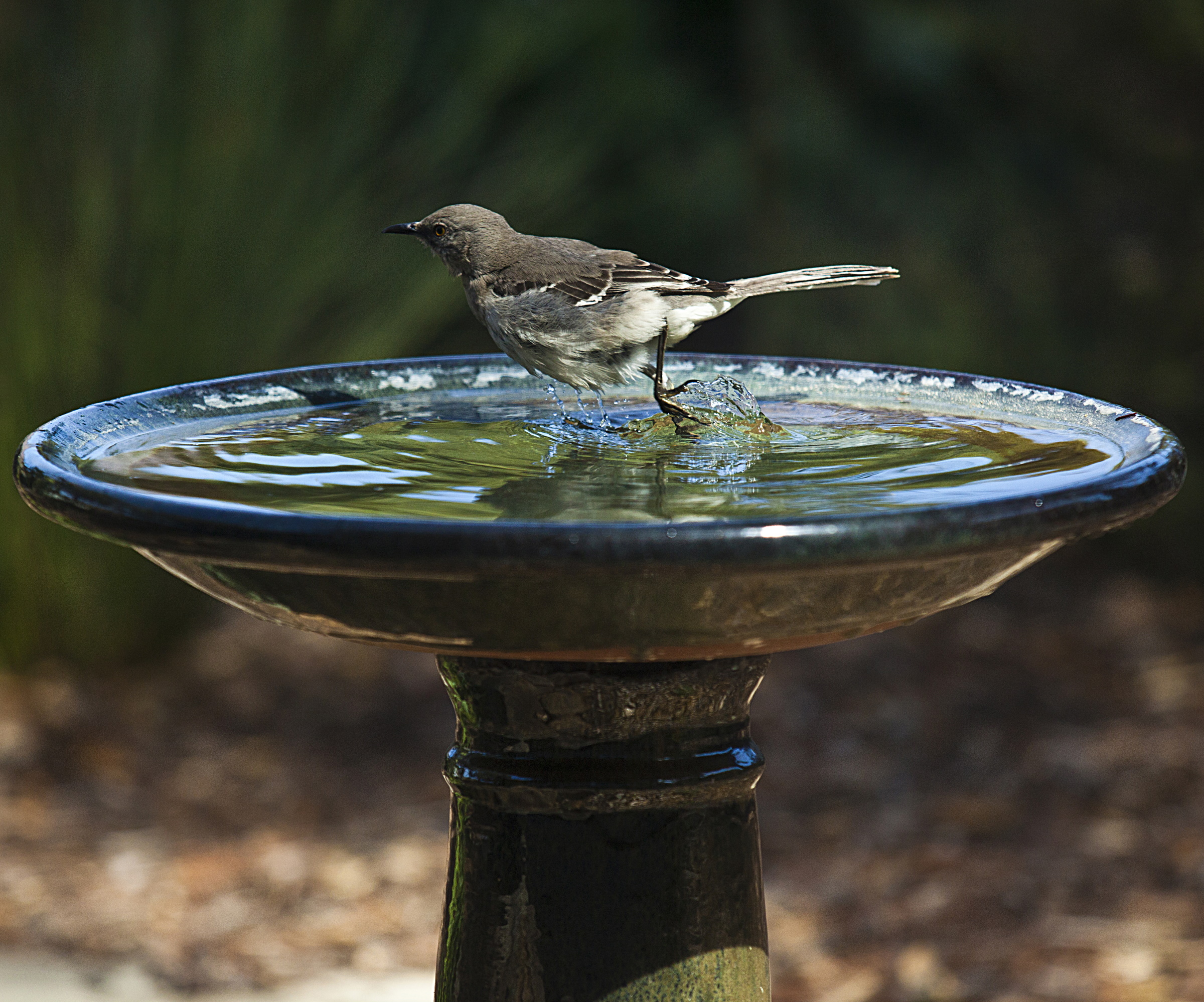
This little hack is one that should begin working pretty fast if your pennies are properly prepped and confirmed as copper.
'You will likely begin to notice a reduction in algae buildup within a few days of placing copper pennies in the birdbath,' says Rocky.
'The effect is gradual, not instant, and bird bath winter care will still be required. As the copper ions slowly accumulate in the water over time, your water will stay clearer between cleanings.'
Before placing your coins in, we recommend giving your bird bath a scrub using a brush like this brush for bird baths from Amazon, so you can see the full effect your copper coins are having on a blank slate.

Resin bird baths are among the easiest to keep clean due to their non-porous nature. Algae also has a hard time sticking to the sides.
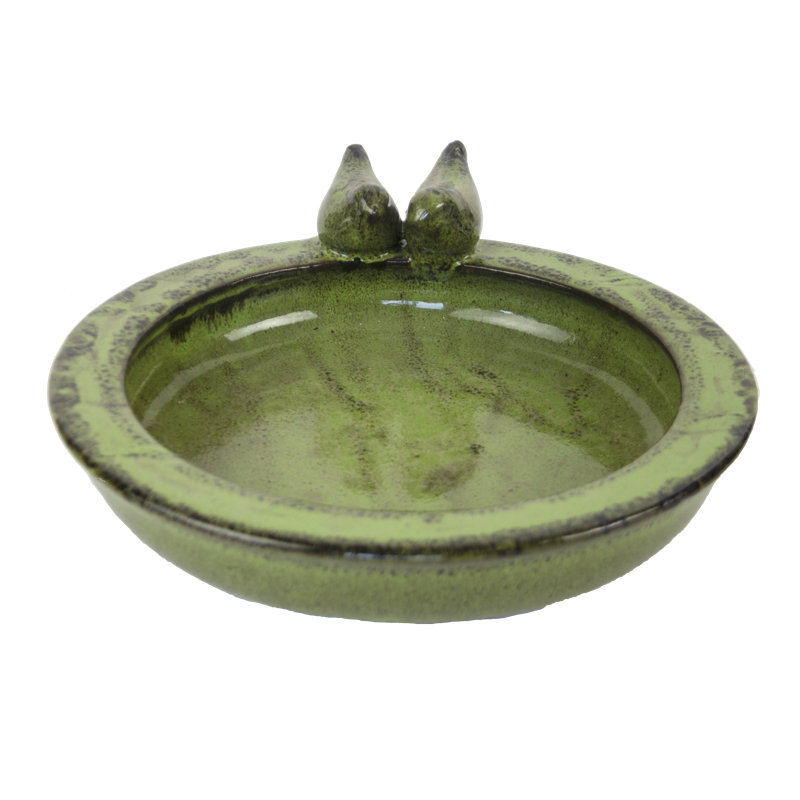
Smooth surfaces like glazed terracotta are also a dream for keeping algae at bay. In combination with this coin hack, your bird bath will be beautiful all summer long.
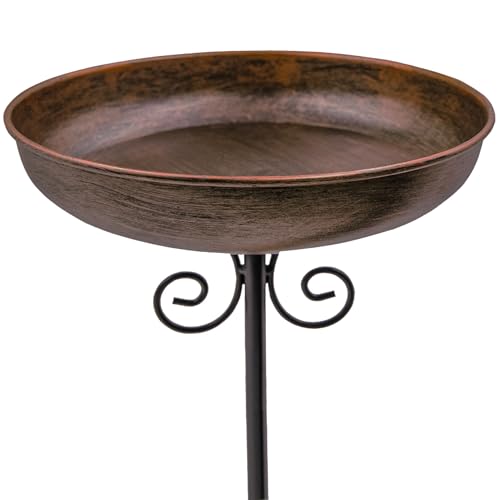
If you're looking for something more rustic, a metal bird bath such as this rust-proof one will be unobtrusive in your yard.
If a bird bath has always been a dream addition to your yard, why not consider making your own? There are plenty of inspiring DIY ideas for welcoming birds into your yard, and it would be the perfect pre-summer project.

Ciéra is a writer and regional laureate with particular passions for art, design, philosophy and poetry. As well as contributing to Homes & Gardens, she's an Editorial Assistant for Design Anthology UK and a contributing writer for magazines including Livingetc, Apartment Therapy, House Beautiful and Ideal Home. Previous commendations of hers include being Highly Commended by The Royal Society of Literature and receiving a prestigious MA Magazine Journalism scholarship to City, University of London.